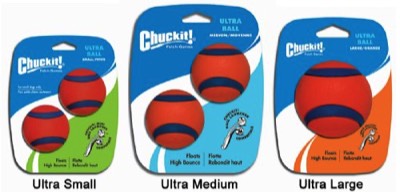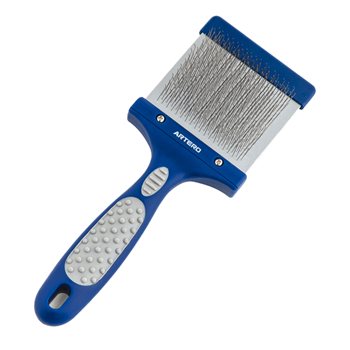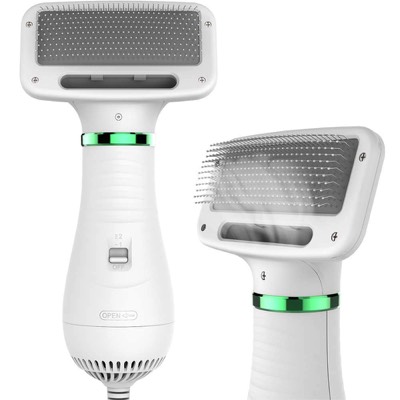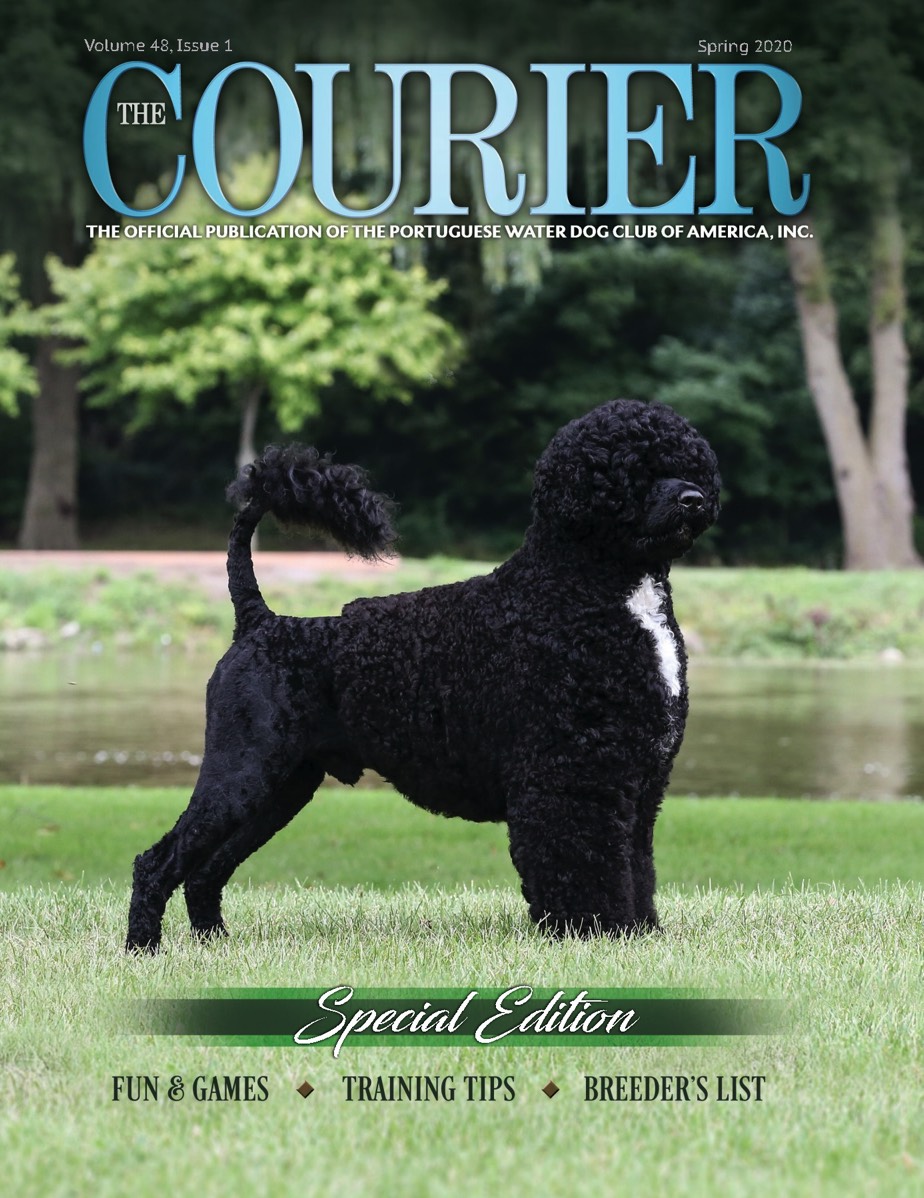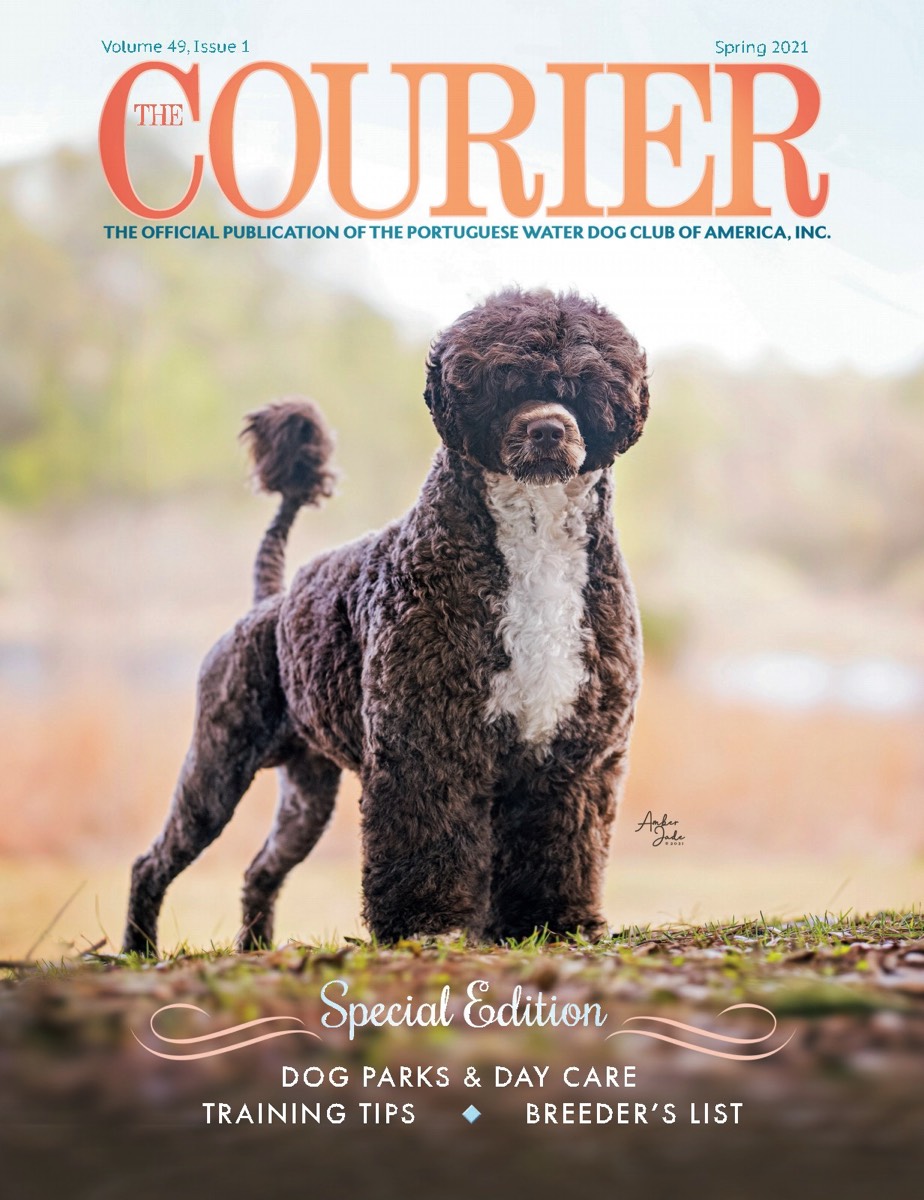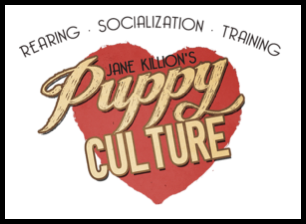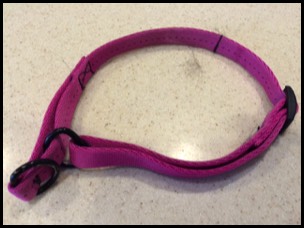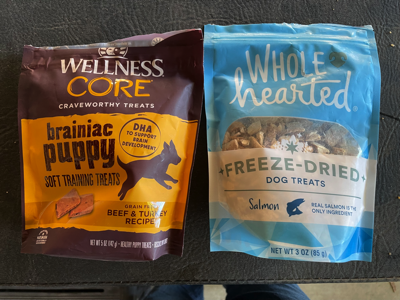
Flash! Best training treats!
We are on a constant search for the best training treats for our puppies. Baby Bel Red or Blue are our favorites, but it is time-consuming breaking up the big Bel into puppy-sized morsels. Plus, they are expensive — about $1 a Bel at the grocery. Costco has had larger bags at a much more economical price, but lately, they have disappeared. Alas.
Fear not! We have found fantastic treats for the puppies! These Wellness Core treats are soft flat squares, which the puppies LOVE, and they can be torn into four puppy-perfect training treats. The Whole Hearted dried salmon are also in high demand for the puppies, but will drive some puppies too crazy because they smell so danged good. Great high-value treat.
Training Classes
Puppy Kindergarten is a must for your puppy. Puppy Kindergarten might be a Puppy Star certified class (through the American Kennel Club), and provides a specific agenda that is designed to prepare your puppy for further classes and the world in general. Puppy K will accept puppies from 8 weeks through 16 weeks, and will provide a safe place for your pre-vaccinated puppy to learn. You should plan on at least two more classes after Puppy-K
Some of our recommended Puppy Classes include:
- Summerwind Canine Training (Sacramento/Rancho Cordova). Jean Hargis is a wonderful trainer, and all of the Surfari puppies in the Sacramento area attend her Puppy K and Puppy Obedience (including our own Surfari crew!). Highly recommended!
- Sirius Dog Training (Northern California/Bay Area)
Puppy Culture
We raise our puppies using Puppy Culture. It is a GREAT way to help your puppy grow up. Emphasis is on positive training and exercises designed to help you and your puppy have a great life together. It is designed to form a solid foundation for ongoing training and it is a natural way for families to continue a consistent training after the puppies go home. You can also see the kinds of things the puppies experience here at Rancho Surfari. A great place to start is the Puppy Culture video and Workbook bundle. Puppy Culture also has on-line access to videos. We cannot say enough good things about Puppy Culture!
Puppy Culture now offers a video training class through their Madcap University. It is not available as of this date (August, 2022), but will hopefully be ready when the puppies go home. While not a substitute for your Puppy-K class, it should be a great reference and training guide to have.
We have also heard great things about Avidog.
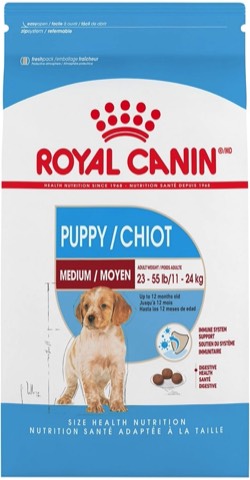
Food!
The puppies are getting started on Royal Canin Medium puppy kibble. This is a bit higher in protein than an adult kibble. Unless there is a compelling reason, your puppy should eat this at home, and stay on it until about six months. We will have some of this to go home with your puppy. It can be found at most retailers and Chewy.com.
A lot has changed recently in recommendations for food, especially in the areas of kibble. Best practice for healthy dogs is now thought to be a mix of kibbles, NOT grain-free, switching between at least two brands. When the puppies get older (about 5-6 months), we recommend both Royal Canin (Adult Medium with the Springer on the label) and Blackwood (we use Catfish; there are salmon and lamb versions too) kibbles for our dogs. Purina Pro Plan is also a good choice. All of these kibbles are available at Chewy.com.
Meaty bones are great for puppies and dogs. There is a "crunchable" hierarchy for RAW bones:
- Softest/easiest to chew up: Chicken
- Crunchable and yummy: Goat
- Kind of crunchable: pork (neck bones are the best)
- Too hard to crunch but still yummy: Beef
Our favorite bones for the dogs are goat. Goat bones are crunchable, like a nice hard dog cookie, and the dogs really like the taste. Pork is OK, but we have found the fattiness of the pork is hard on tummies. Frozen chicken wings are GREAT for puppies, as they will work on them for a while, and if they happen to crunch them, it is safe. Later on, chicken necks and bone-in thighs are good. Beef bones have to be given under supervision as they are hard enough to crack teeth of aggressive chewers. NEVER EVER give cooked bones or rawhide to your dogs!
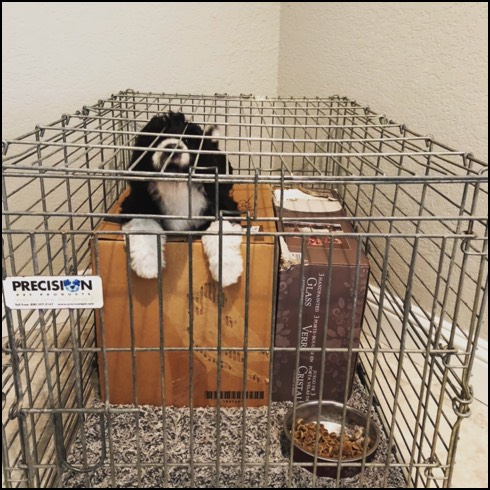
A good size is a 30/36” length (these correspond to a “300” or “350” size crate). We suggest a crate by your bed for when puppy is learning how to sleep at night. Sometimes families try to make do with one crate, moving it back and forth, but we find that it is worth it to have at least two, and possibly three crates: sleep, living area/family room, and car. It is usually worth the $65 or so to not have to schlepp a crate up and down stairs! The gold standard of wire crates are Midwest or Precision Pet; most quality crates will cost $50-100. Here is a representative link.
When puppy first uses the crate, you will have to down-size it so that the puppy will not have enough room to potty on one side. You want the crate to give the puppy enough space to stand up and turn around, but not much more. If the crate came with a divider, THROW IT AWAY! These dividers have trapped puppies and dogs by the neck and are not safe. The best way to down-size the crate is to use boxes, making sure they fit snugly so as not to allow the puppy to get wedged between the box and the crate. The boxes do not have to go to the top of the crate, although the box(es) should be large enough so the puppy cannot climb on top of them (Emmie!).
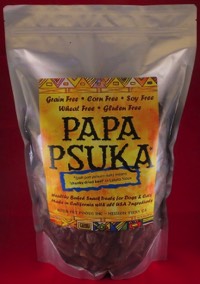
Treats are a highly subjective thing for dogs, but there is one snack that every dog we know loves: Koda Pet Papa Psuka (also known affectionately as puppy crack). Use this as a high-value training treat for those times when you really need they attention. All of their dog treats are wonderful. Get on their mailing list, and buy a big bag when it goes on sale. Mmmmmm.
Other treats that we have used with the puppies: little pieces of cheese (Baby Bel pieces rolled into little balls work GREAT), hamburger balls (good until they warm up), chicken, and yogurt in a feeding syringe (works really well but not really good for on-the-go).
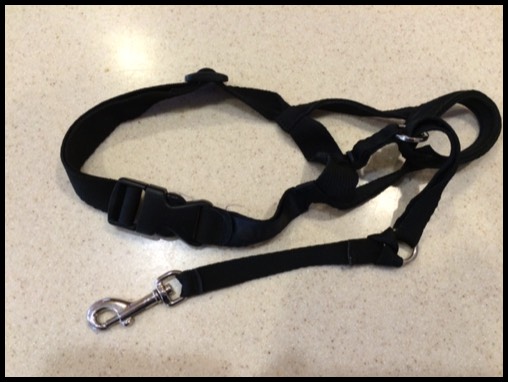
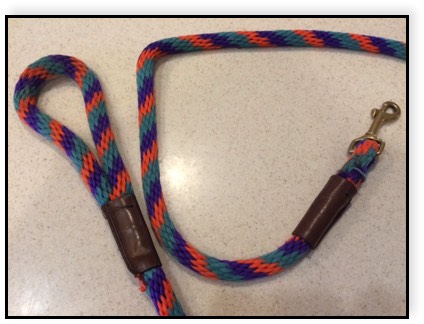
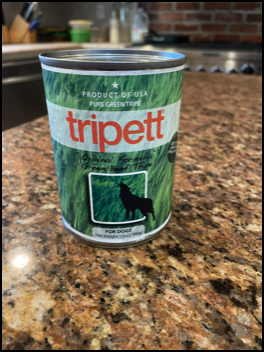
You can get Tripett canned tripe from Chewy by the case or can. It lasts quite a while, so if your dogs like it, it's safe to buy a case every so often.
